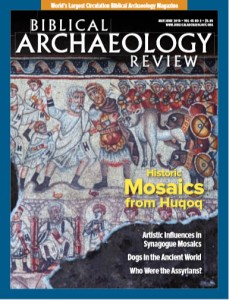
An ancient shrine dedicated to ancestor worship was revealed in an ongoing excavation at Tell Edfu in southern Egypt. Located in a large, six-columned hall of an urban villa, the shrine comes from within a vast domestic quarter of the ancient provincial city of Edfu. The related excavations—conducted by the Oriental Institute of the University of Chicago—are enticing due to their focus on domestic spaces as opposed to funerary contexts, which otherwise dominate in the archaeology of Egypt.
The excavated area, west of the local Temple of Horus, is rich in remains from various periods of ancient Egypt’s history, but this particular find belongs to a layer dating from around 1500–1450 B.C.E., which corresponds with the early 18th Dynasty (c. 1550–1292 B.C.E.) that later produced some of Egypt’s most famous pharaohs, including the female pharaoh Hatshepsut, the “heretic” king Akhenaten, and the boy king Tutankhamun.
Among the finds attesting to ancestor worship are a fireplace, offering table, ancestor bust, statuette of a seated scribe, and a funeral stela.
To date, such cultic installations were well documented only in the area of the ancient Egyptian capital at Thebes and came from the succeeding 19th and 20th Dynasties, such as in Deir el-Medineh—the village of artisans working on the royal tombs in the Valley of the Kings.
Already a library member? Log in here.
Institution user? Log in with your IP address.

